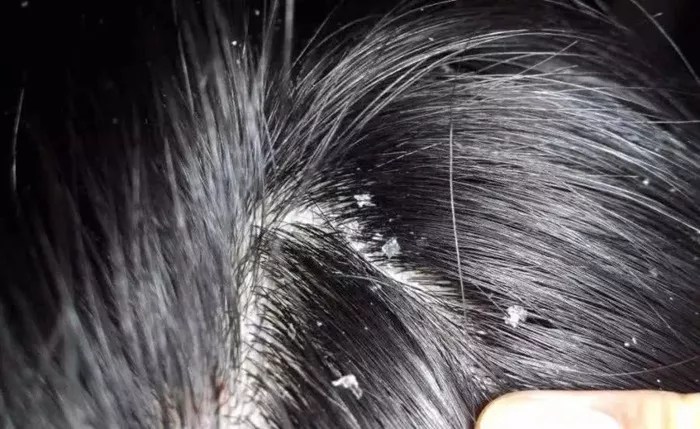After a hair transplant procedure, scabs form around the newly implanted grafts as part of the natural healing process. These scabs are a combination of dried blood, plasma, and tissue fluids that harden to protect the sensitive follicles during recovery. While they may appear concerning, their presence is normal and indicates that the body is working to repair the treated area.The formation of scabs typically begins within the first 24 to 48 hours post-surgery. Patients are advised not to pick or scratch them, as premature removal can dislodge grafts and compromise results. Proper aftercare, including gentle washing and moisturizing, helps facilitate the natural shedding process without causing harm to the newly transplanted hair.
Factors Influencing Scab Healing Time
The duration for which scabs remain varies depending on several factors. The patient’s skin type, the technique used during the transplant, and adherence to post-operative care instructions all play a role in determining how quickly the scabs fall off.Individuals with oily skin may experience slower scab dissolution due to excess sebum production, which can cause debris to cling to the scalp. Conversely, those with dry skin might notice quicker shedding but should be cautious to avoid excessive flaking that could irritate the healing tissue. The skill of the surgeon also affects scab formation, as precise graft placement minimizes trauma and reduces crusting.
Typical Timeline for Scab Shedding
Most patients observe scabs beginning to loosen and fall off within the first week after surgery. However, the complete shedding process can take up to two weeks, depending on individual healing rates.During the initial days, scabs remain firmly attached to the scalp. By day five or six, they start softening, especially if the patient follows a prescribed washing routine. By the end of the second week, the majority of scabs should have naturally detached, revealing pinkish, healed skin beneath. If stubborn scabs persist beyond this period, a follow-up consultation with the surgeon may be necessary to ensure proper recovery.
Post-Operative Care to Promote Scab Removal
Proper aftercare is crucial in ensuring that scabs fall off without disrupting the grafts. Surgeons typically provide detailed instructions to optimize healing and minimize complications.Patients are often advised to use a mild, pH-balanced shampoo to cleanse the scalp gently. Light massaging with fingertips—rather than nails—helps loosen scabs without causing damage. Hydrating sprays or saline solutions may also be recommended to keep the area moist, preventing excessive dryness that could lead to cracking or bleeding. Avoiding strenuous activities that induce sweating reduces the risk of infection and irritation.
Common Mistakes That Delay Scab Healing
Some patients inadvertently prolong the scabbing phase by engaging in habits that interfere with recovery. Understanding these mistakes can help individuals avoid setbacks.Picking at scabs is one of the most harmful actions, as it can pull out grafts and create scars. Using harsh hair products containing sulfates or alcohol can dry out the scalp and make scabs harder. Skipping follow-up appointments prevents professionals from assessing progress and addressing concerns early. Additionally, exposure to direct sunlight or chlorine in swimming pools can irritate the healing scalp and delay scab shedding.
When to Seek Medical Advice
While scabbing is a normal part of recovery, certain symptoms warrant professional evaluation. Persistent pain, excessive redness, or signs of infection such as pus should prompt immediate medical attention.If scabs remain firmly attached beyond two weeks or if the underlying skin appears inflamed, a specialist should examine the area to rule out complications. In rare cases, poor graft survival or improper aftercare can lead to prolonged crusting, requiring intervention to ensure optimal results.
Long-Term Healing and Hair Growth After Scab Shedding
Once the scabs have fully fallen off, the scalp enters the next phase of recovery, where the focus shifts to ensuring proper hair follicle integration and growth. The newly healed skin may appear slightly pink or sensitive, but this typically fades within a few weeks. Patients should continue following a gentle hair care routine to avoid irritation and support the survival of transplanted grafts.During this stage, some shedding of the transplanted hairs—known as “shock loss”—is common and should not cause alarm. This is a natural part of the process, as the follicles enter a resting phase before regenerating new, permanent hair. Full growth usually begins around the third or fourth month, with visible improvements becoming more apparent by six months. Final results can take up to a year, depending on individual factors such as hair texture, density, and overall health.To maximize success, patients should maintain a healthy diet rich in vitamins and proteins, stay hydrated, and avoid smoking or excessive alcohol consumption, as these can impede circulation and slow healing. Regular follow-ups with the hair transplant specialist ensure that progress is monitored and any concerns are addressed early. By adhering to these guidelines, patients can achieve optimal, natural-looking results that last a lifetime.
Conclusion
Hair transplant scabs are a temporary but essential part of the healing process, typically falling off within one to two weeks post-surgery. Adhering to proper aftercare, avoiding common mistakes, and monitoring the scalp for unusual symptoms are key to ensuring a smooth recovery. Patients who follow their surgeon’s guidelines can expect the scabs to shed naturally, paving the way for healthy hair growth. Consulting a specialist if concerns arise ensures that any potential issues are addressed promptly, leading to the best possible outcome.
Related Topics

